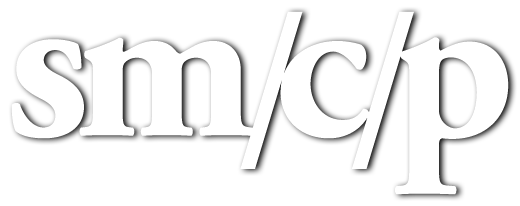Of the myriad observations one can make about President Donald Trump’s understanding of media and making news, perhaps the most pertinent is that he’s an extraordinarily quick study.
Throughout the GOP primary and general election campaign, he maneuvered his way through a daily minefield of controversies and political calamities; taking hits but continually making new news to replace old.
Yesterday’s controversy? That was then, this is now.
Trump’s first several days in the Oval Office finds the President and his staff experimenting with a newsmaking format and staging process somewhat resembling Trump’s “Apprentice” modus operandi: Trump first assembles a key constituency group in the White House Cabinet Room, which serves as the surrogate boardroom on his new White House “set”.
He then invites cameras in for a brief “pool spray” media availability, permitting no questions; he then spends 30-60 seconds recycling a campaign theme and concluding with a newsworthy policy pronouncement.
Yesterday, it was Trump meeting with union leaders for the pictures — then acting on a campaign pledge: Withdrawing from the Trans-Pacific Partnership (TPP).
Today, Trump assembled the nation’s automakers in the “Boardroom” and told the chief executives of GM, Fiat/Chrysler and Ford that he’ll cut taxes and reduce environmental regulations to restore the nation’s manufacturing sector.
“We’re bringing manufacturing back to the U.S. bigly, we’re reducing taxes, very substantially, and we’re reducing unnecessary regulations,” Trump said, seated between the CEOs.
But then right on top of the Boardroom news with automakers, Trump soon thereafter shifted the “set” to the Oval Office — where he conducted another brief photo op signing an executive action moving forward with the Keystone XL and Dakota Access pipelines.
In each instance, the pictures convey a confident President Trump in the White House taking action on a campaign pledge as he meets with union leaders, auto executives, or whatever disparate group corresponds to his daily communications and policy news needs.
Moreover, Trump keeps filling the news pipeline all day long — sometimes a new unforced error he must dig out from, sometimes a policy announcement, and on still other occasions a strange ‘shiny object’ piece of news only he can whip up at a moment’s notice.
But he’s always driving news. There is also little question Trump is orchestrating these pictures and news in a manner he believes makes him appear strong and decisive — a stark contrast with President Obama, whom he portrayed as weak and wavering.
It’s early, but Trump’s already clever use of staging and media access in his new “set” — the White House — is already working for him.
